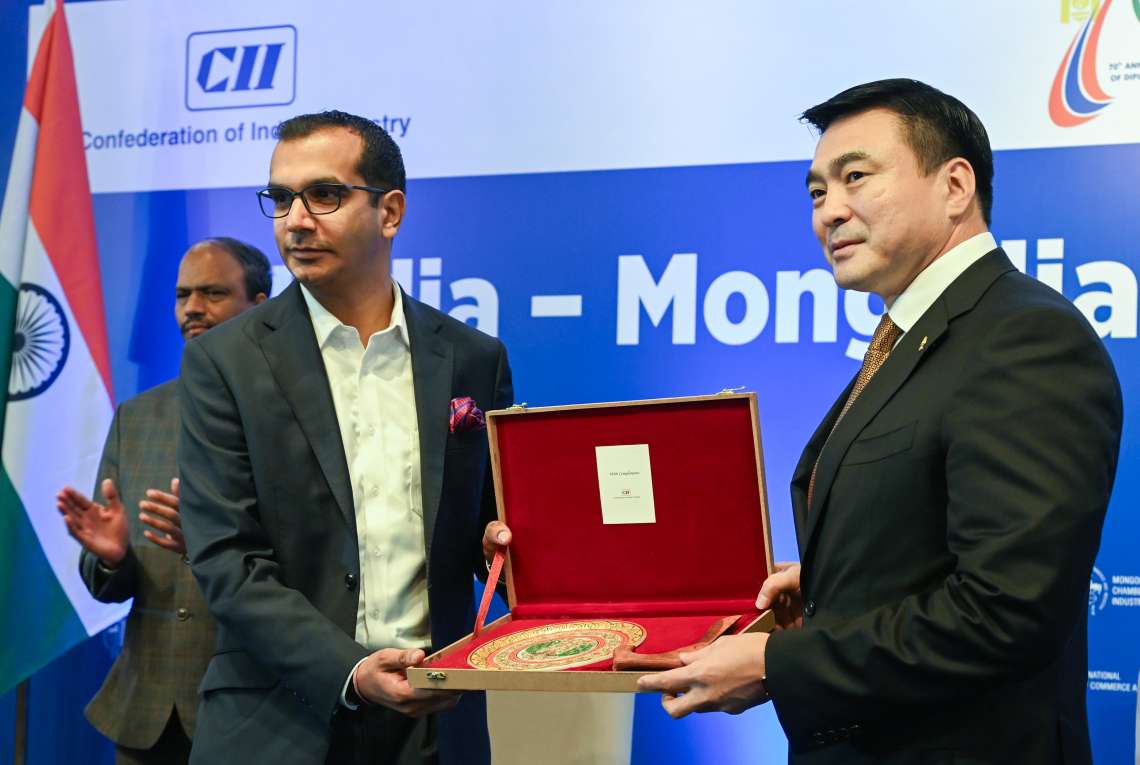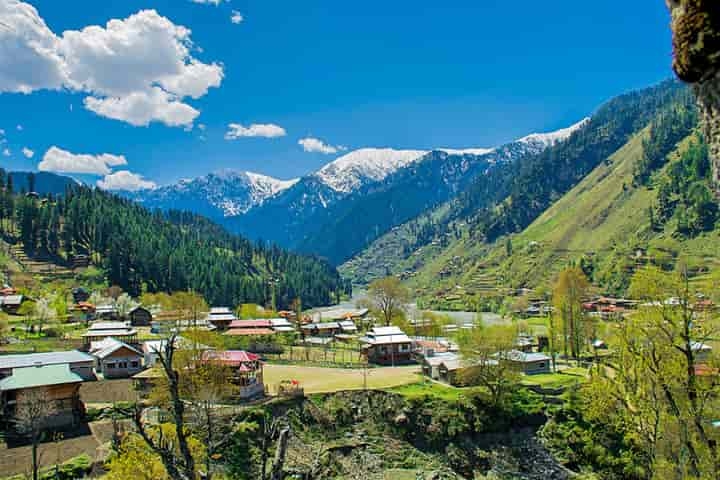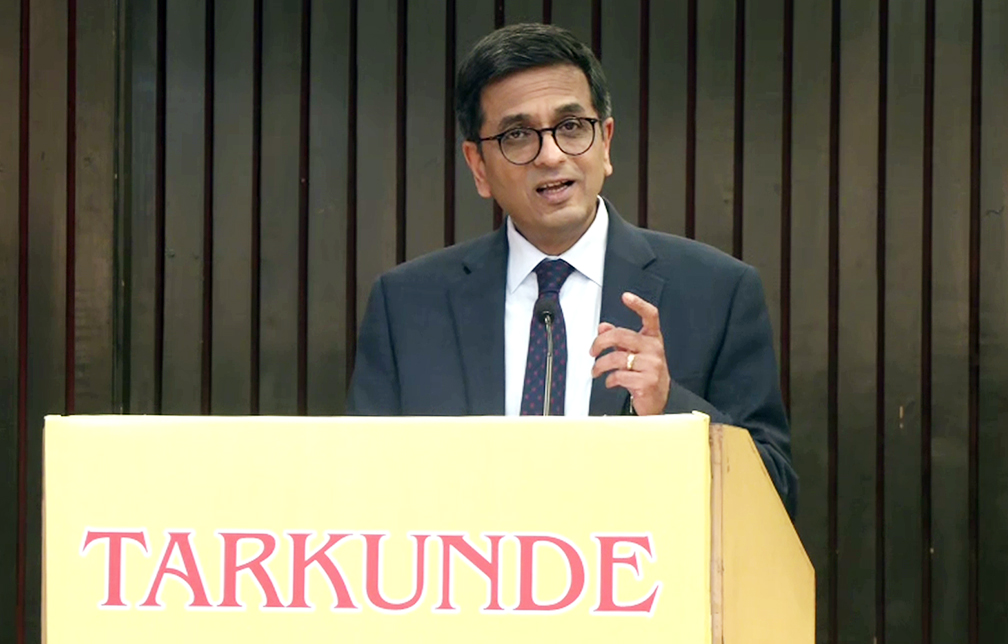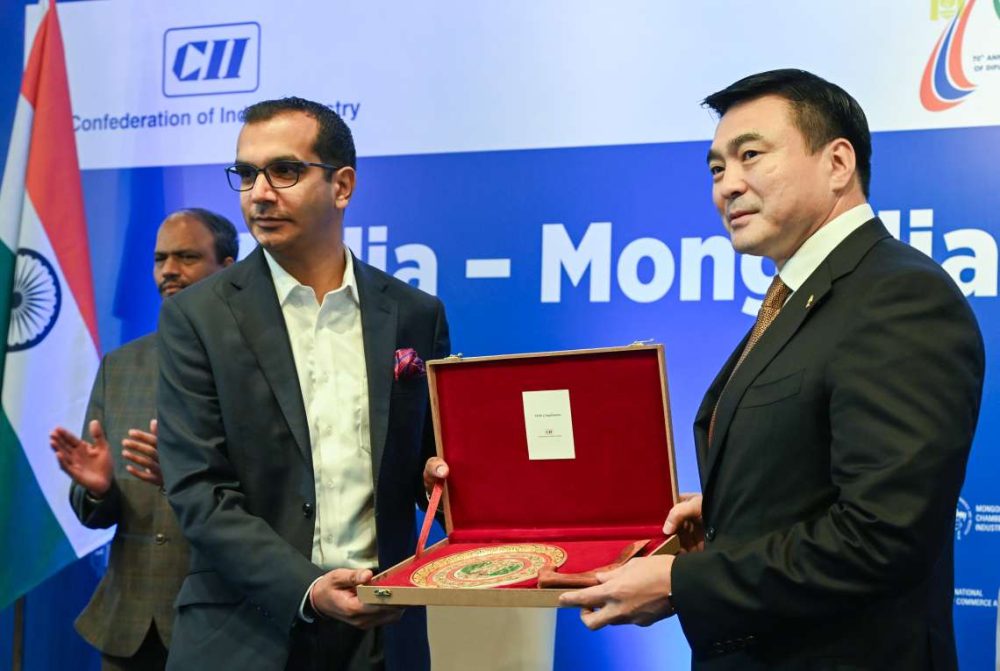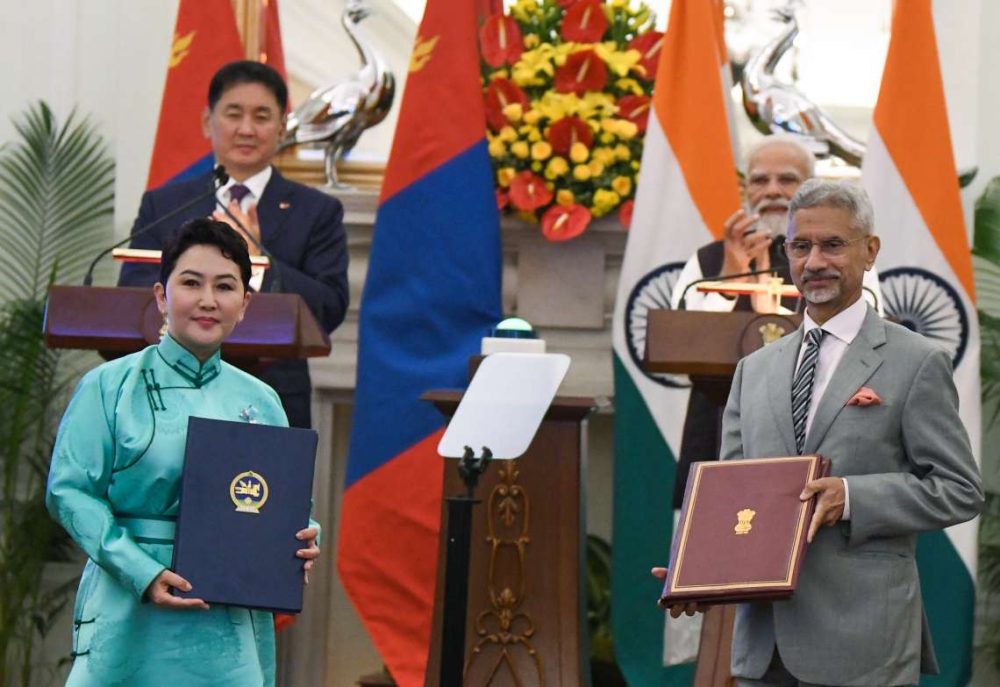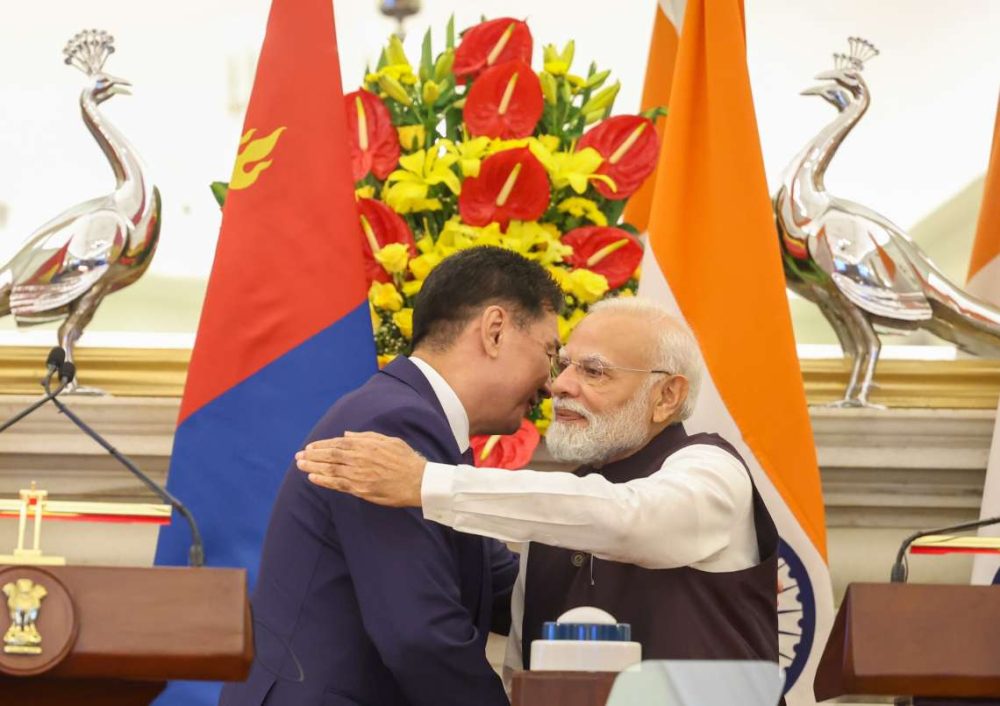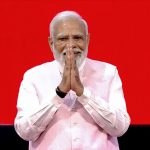After centuries of decline, India is on cusp of emerging once again as a superpower, writes Pro. Madhav Das Nalapat
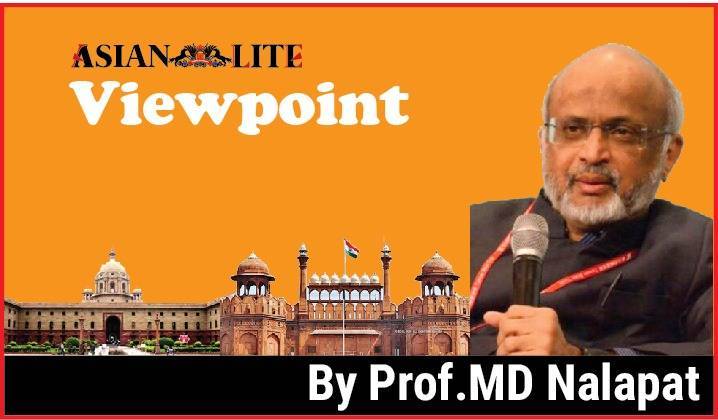
It is not accidental that there has been a record inflow of Rs 3.33 lakh crores of Foreign Direct Investment (FDI) into India during the 2023-24 financial year. Beginning in the 1970s, with the reversal of US policy towards the CCP and the KMT initiated by President Richard Milhous Nixon, geopolitical tailwinds favoured the PRC.
Henry Kissinger is celebrated as a strategic genius, mostly on account of the self-serving and lugubrious tomes that he authored in a successful bid to pass himself off as a statesman who changed the world. Henry found in Nancy Maginnes a wife who thought him as much of a prodigy as he sought to portray himself as being. His other love was the PRC. From the time he was met in Beijing by the dapper, shred Zhou En-Lai, romance and emotion clouded reason.
While Nixon and his men (for there was nary a woman amongst his intimates) secured one favourable deal after the other from a USSR leadership desperate to reduce defence spending in an attempt to rescue a sinking economy, the opposite was the case with the PRC. Given that Mao hated the USSR with a passion even greater than that of Nixon, even minor concessions cast his way would have made the CCP Chairman continue on the path he had been embarked on since the 1960s, of fanning hostility to the Soviet Union and its unimaginative, timid leadership.
Unnecessarily, the PRC was given gold in the form of concessions, including Washington throwing longtime ally KMT under the CCP bus without a qualm. While Nixon was brought down by what in truth was what he had described the Watergate saga as being, “a third-rate burglary”, Kissinger with characteristic modesty took on himself the entire credit of the US about turn in policy towards China.
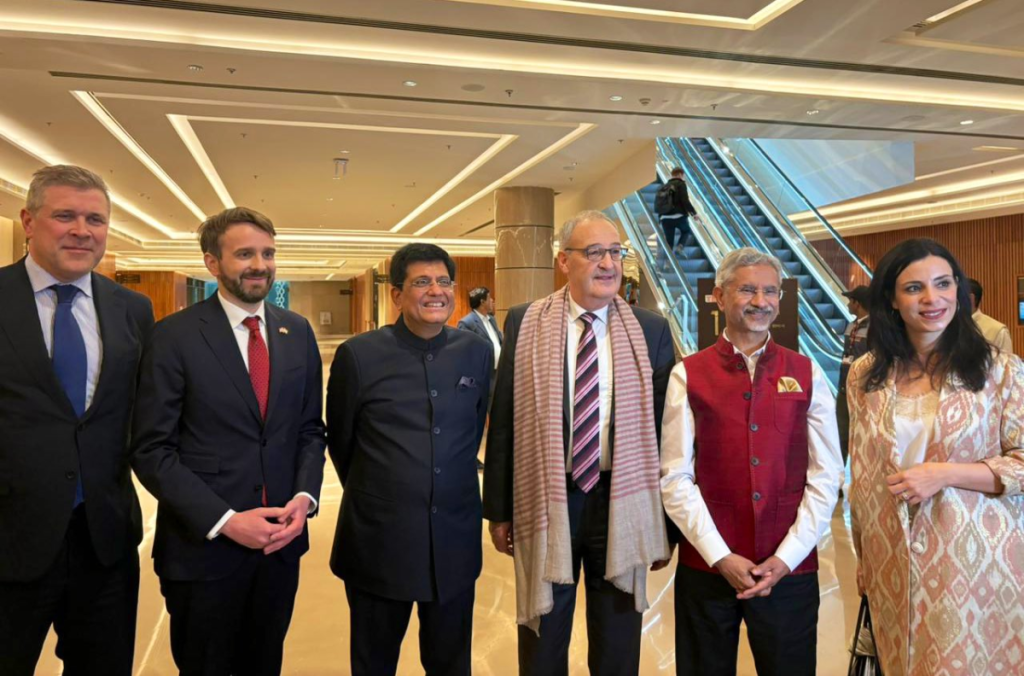
He made it respectable, indeed moral and patriotic, to lavish the PRC with one-sided concessions in exchange for symbolic gestures that had as little value as trinkets. Nixon’s successors continued with the policy of lavishing favours on China, concessions that were totally unnecessary, and which failed to dilute in the slightest the CCP leadership’s desire to leap ahead of the US in the same way that it had sought to leap ahead of the USSR.
Carter’s National Security Advisor Zbigniew Brzezinski hated the USSR in the same visceral fashion as his relatives and friends in Poland (with justifiable cause) did. Zbigniew ensured that the keys to priceless secrets involving US intelligence assets and technology were handed over to the CCP, compromising long-term security interests not simply of his country of adoption but that of the whole world. Only in the initial weeks of the George W. Bush Presidency was a more hard-nosed policy towards China contemplated, but 9/11 changed all that.
Bush took his eye off China and focused instead on the Taliban, through that ignoring the mountain where future danger was lurking and instead chasing after a mouse. Of course, as a consequence of policy disasters, that mouse eventually succeeded in wresting back Afghanistan from the US in 2021. The surrender to the Taliban was an event that demonstrated to the rest of the world that the Pax Americana which had defined so much of the 20th century was dead.
To this date, the CCP threat has not been responded to by successive US administrations in anything close to the manner that ought to have been the case. There is a significant direct and indirect causal link between the fall in US credibility and prestige globally, and the China policy that Kissinger grabbed almost the entire credit for from Nixon.

Since the 1980s, the CCP has spent countless sums of money and a profusion of favours so as to ensure that elites and influencers in key countries (especially those that are targets of CCP hybrid warfare) ensure that a pro-PRC policy remains the norm. Despite much expenditure of effort and money, facts on the ground have created geopolitical currents that are obvious even to the self-proclaimed geniuses steering strategy in the White House and the US National Security Council.
These currents have made it impossible even for governments riddled with PRC-favouring policymakers not to push back against the systematic manner in which the CCP has chopped away at US and allied interests. Barack Obama, while President of the US, shared the same trait made famous in India by P.V. Narasimha Rao, which was to make the doing of nothing appear as the wisest course of action to follow. As a consequence of US indifference to PRC expansionism, the ASEAN Sea (incorrectly named the South China Sea) became a lake controlled by the PLA.
As a consequence of such neglect of the security of the Indo-Pacific, this crucial waterway can be choked off from external egress by the PLA Navy and Air Force almost at will. A deterrent to such intolerable defiance of the international law governing seaways could be the Quad, which up to now is falling far short of the expectations generated in 2017 when Narendra Modi and Shinzo Abe revived the grouping.
President Joe Biden has filled his administration with policymakers stuck in a time warp, who are busy battling the previous Cold War in Europe, even as a new version of the Cold War that is centred on Asia rages around them. However, byte by byte, bit by bit, technological and other squeeze tactics by democracies on the expansionism of the PLA is resulting in an accelerating move away from the PRC as the country of choice for setting up advanced manufacturing and other capabilities.

Should the 2024 Lok Sabha polls go the way indicated in recently conducted opinion polls, the odds are bright that the policy matrix in India will finally move forward from 19th and 20th century constructs into a mix of policy that adjusts to the reality of the present, and which promotes a better future rather than remain tethered to the past.
As a consequence of anticipated policy changes, India will emerge as the destination of choice for companies that (for reasons linked to the shift in attitudes created by the 1930s model expansionism of the CCP leadership) are hastening to move production and research facilities out of China. Many are looking to India as the alternative. After centuries of decline, India is on the cusp of emerging once again as a superpower.





